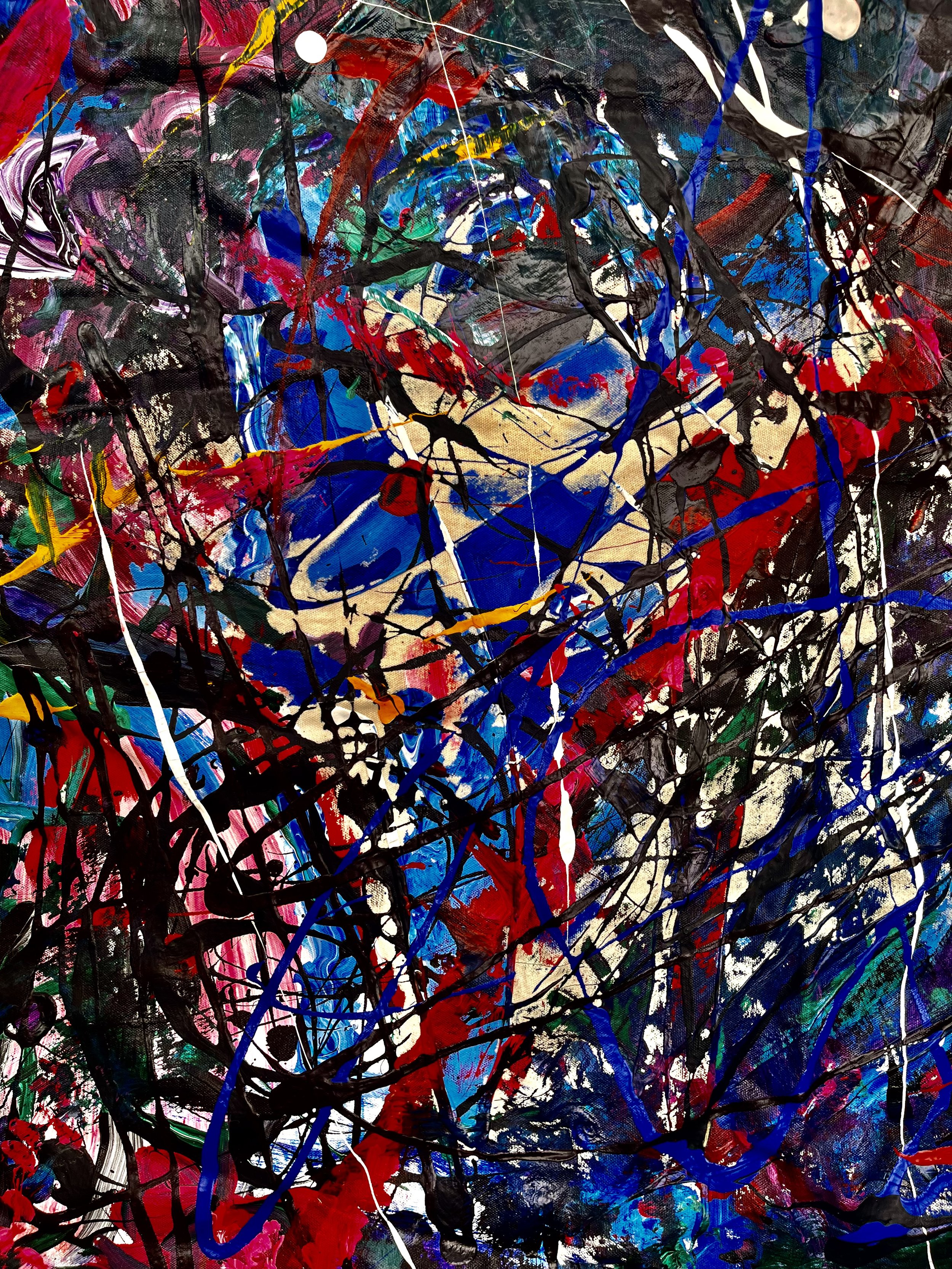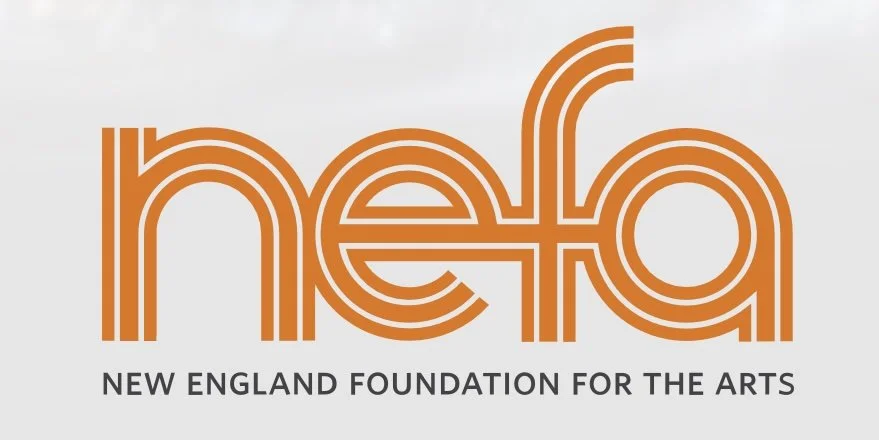
CHAOS THEORY.
Arts as intervention.
Chaos Theory uses the arts to connect community members who have been impacted by the cycle of violence with stakeholders, policy makers, and the public.
We believe the arts are uniquely positioned to facilitate reflection and engagement, shift hearts and minds, raise awareness, dismantle deeply entrenched stigma, and to inspire vital public dialogue—led by the true experts: those who have lived it.
WHO OWNS THE STORY?
Who decides which stories are told, and who hears them?
And who benefits when some voices go unheard?

“There’s pressure to do the right thing and still somehow
be accepted by your peers who hold your life on their
waist. We’re fighting uphill battles and it’s steep.”
Individuals who have been part of the problem must lead the way towards the solution.
Those at the heart of violence know most intimately how it works. They know the conditions that cultivate it, how it spreads, and the devastating impact it has on the individual, family, and community.
Not only must these individuals be included in the conversation—they must lead the way forward. Film screenings and talk-backs aim to facilitate vital public dialogue.
We reject the dehumanizing stigma that pollutes our community.
Those at the heart of violence are not the problem—they’re the solution.
The true experts:
those who have lived it.
Chaos Theory facilitates raw, uncensored storytelling. We examine underlying root causes, health disparities, and opportunities for intervention—through the lens of personal narrative.
Community members maintain complete control over their own narrative: what they share, how they share it, and where it goes. Those in traditional positions of power are invited to ask questions, listen, and learn.
Live performance and film screenings are followed by talk-backs. Audience members have a chance to be in dialogue with the cast. Talk-backs aim to raise awareness, dismantle deeply entrenched stigma, and inspire vital public dialogue—led by the true experts: those who have lived it.
Violence is a public health crisis.
Violence spreads like a disease.
Violence is a public health crisis. There are public health models that have proven effective. We are advocating for the implementation of public health gun violence prevention models that have proven effective in reducing shootings in other cities.
Investing in prevention means putting money back into parts of the community that have been disproportionately harmed—in order to keep more community members alive and out of prison. Plus, it’s a good investment.
Rearranging.
Restructuring.
Why Chaos Theory?
In order to find solutions, we have to stare the chaos, messiness and discomfort of reality in the face; hear the good, bad, and ugly, admit our own biases and blind spots, and listen to those who have been through it. Only then can we consider how we got here—and where to go next.
By listening to the whole story—the before, during, and after, and the why—we’re invited to question and rearrange our own internal beliefs, judgments, stigmas, and thought patterns. We’re invited to question what’s working, and what isn’t. From there, we must be open to rearranging and restructuring our social systems, programs, and institutions so that they may better reflect—and deal with—reality.
To create new order out of the chaos, we must be critical about what isn’t working, take accountability, challenge ourselves and one another to be better, dismantle ineffective systems, and explore innovative ways forward.
We reject the one-dimensional narratives and stigmas that are perpetuated against men and women at the heart of violence. We celebrate the humanity that persists in the midst of—and in resistance to—the darkest corners of our system.
“Do you think anyone will listen to what you have to say?”
“Definitely not.”
“Why not?”
“Because I’m a troubled youth.”
“Do you think you’re a troubled youth?”
“No. That’s just what everyone calls me.”
“What would you call yourself?”
“A human being.”

With thanks to our supporters…



